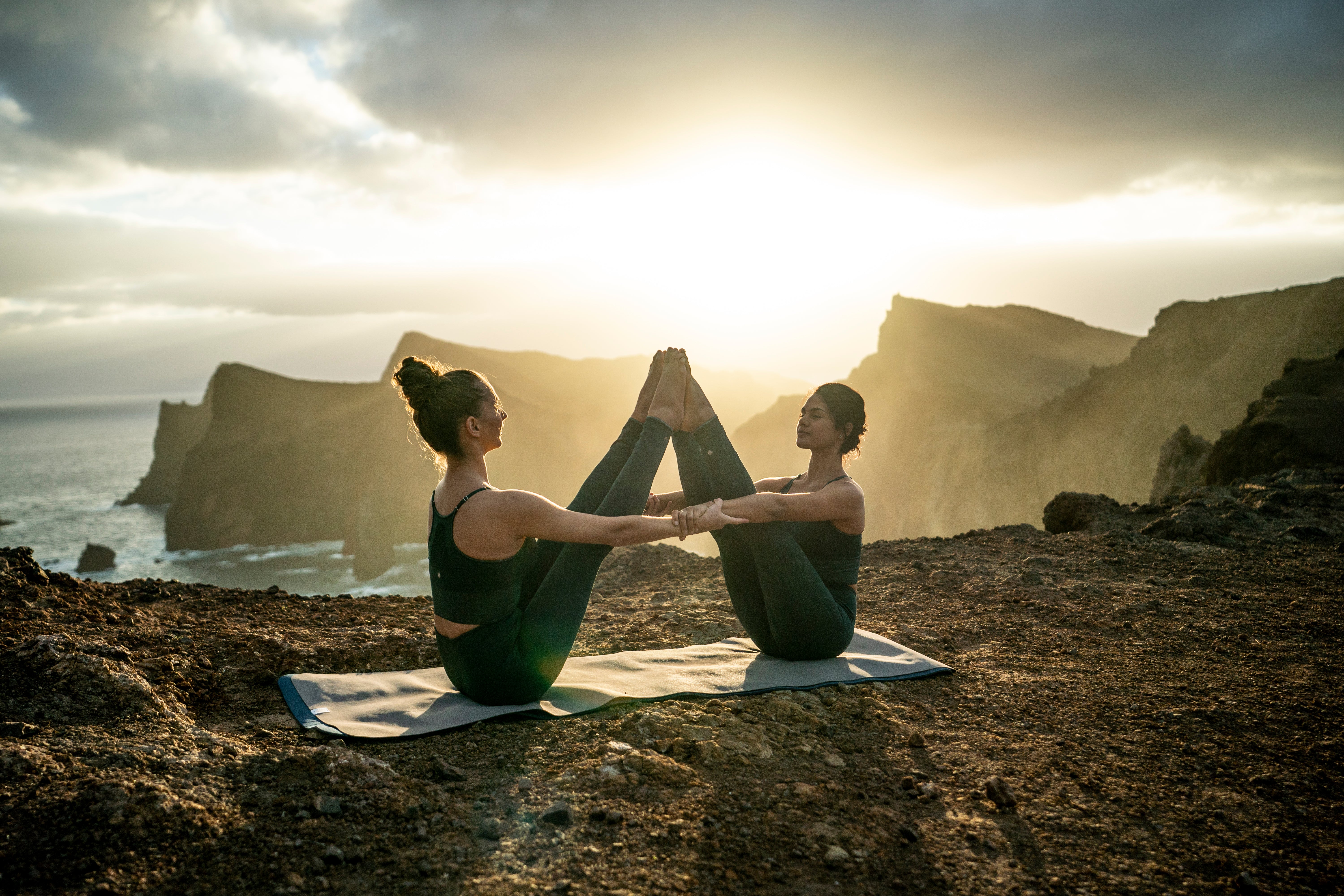We have designed this saddle for kids' recreational cycling for rides of up to 1 hour at low intensity and a back angle of 60°.
Features:
240 mm x 180 mm
Compatibility:
Compatible with all brands of seat post with 7 mm rails and clamp.
How to choose your saddle according to your riding style
Choosing the right saddle all depends on your position on the bike.For a straight back position (90°), opt for a wide saddle, often with gel, ideal for city riding. If you are slightly bent over (60°), an intermediate saddle will be an excellent compromise between comfort and performance for regular rides.Finally, for a sporty position (30°), a thin saddle with a narrow nose is the solution to reduce pressure and improve your performance.
CHOOSING YOUR SADDLE WIDTH
The width of the saddle directly affects comfort.Our studies with Decathlon SportsLab have identified two key sizes:
145 mm: for sit bones measuring 90 to 120 mm
155 mm:for sit bones measuring 120 to 140 mm
For a more upright posture, 155 mm remains the best option, even for sit bones measuring less than 120 mm.
TO MAKE THE MOST OF YOUR BIKE RIDE:
For enjoyable, pain-free rides, it's crucial to adjust your saddle correctly.Start by choosing a saddle that suits your posture, for example a model designed for a 60° back angle.
Adjust the height so that your leg extends naturally without your pelvis moving.Adjust the tilt for good support, with a neutral position often being ideal.
Finally, adjust the saddle forward or backward to align your knees with the pedals, which will optimise your pedalling.
1. Determining the saddle height (part 1):
For a perfectly adjusted bike, measure your inseam length.You will need a hardcover book, a tape measure and a pencil.
Stand with your back against a wall, barefoot and with your feet 15-20 cm apart.Place the book between your legs, move it up to your perineum and mark the wall above the book.
Measure the distance between this mark and the floor.This measurement is essential for choosing the ideal frame size, ensuring your comfort and safety.
1. Determining the saddle height (part 2):
Simple adjustment for maximum comfort
Measure your inseam, then apply the formula:
Your inseam × 0.883 = ideal saddle height.
Example: 89 cm → 78.6 cm between the bottom bracket axle and the top of the saddle.
2. Adjusting the saddle angle:
A good adjustment is also a properly angled saddle.
Place a spirit level on the front of the saddle.
Adjust it so that it is completely flat.
After a few rides, make slight adjustments according to how it feels.
3. How to measure your sit-bone width
- Take two pieces of cardboard, a flat stool, a ruler and a pen.
- Place the cardboard on the stool, sit up straight and press down hard for one minute.
- Stand up and locate the two marks.
- Connect the centres with the ruler:this is your sit-bone width!
A handy way to find the saddle that best suits your riding style.
3. Adjusting the saddle setback:
Optimise your position with a simple test
Lean against a wall, clip into your shoes, crank horizontal.
Your knee should point towards the pedal axle.
Adjust the saddle until you find this alignment.
Saddle designed to suit the body shape of children, perfect for children's bikes (size 14-16 inches).
We have designed this saddle for kids' recreational cycling for rides of up to 1 hour at low intensity and a back angle of 60°.






